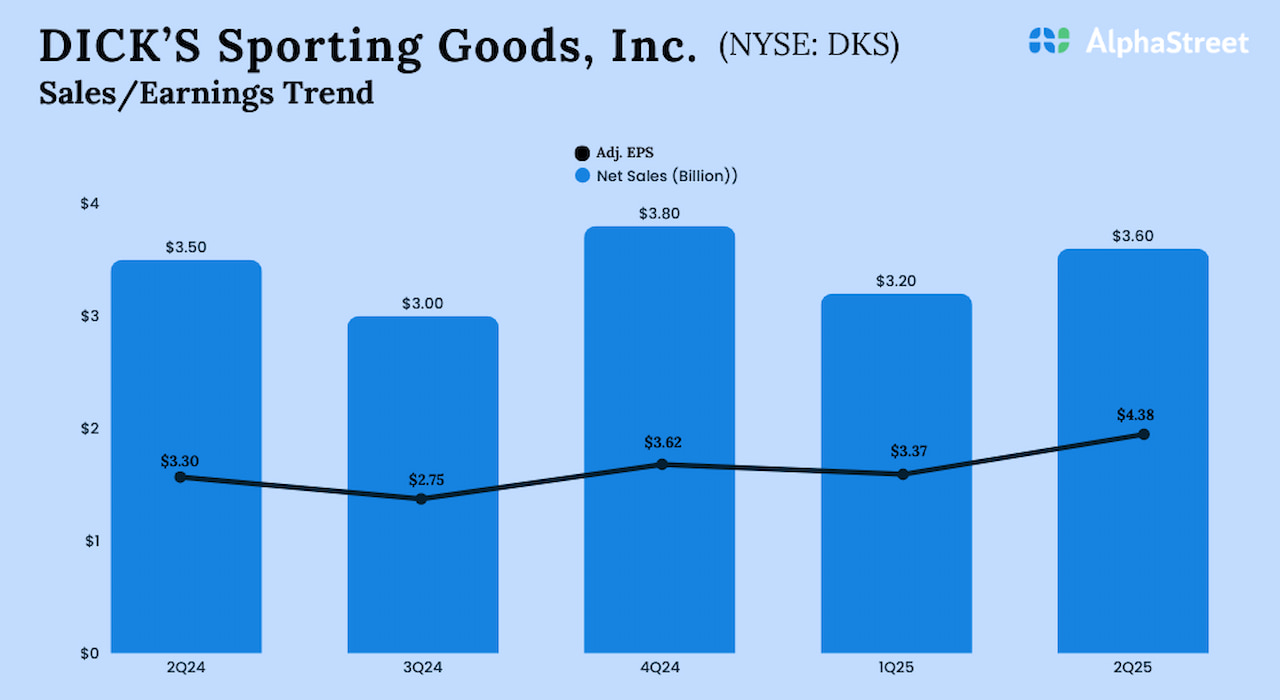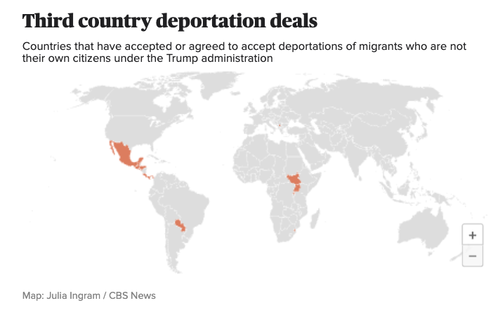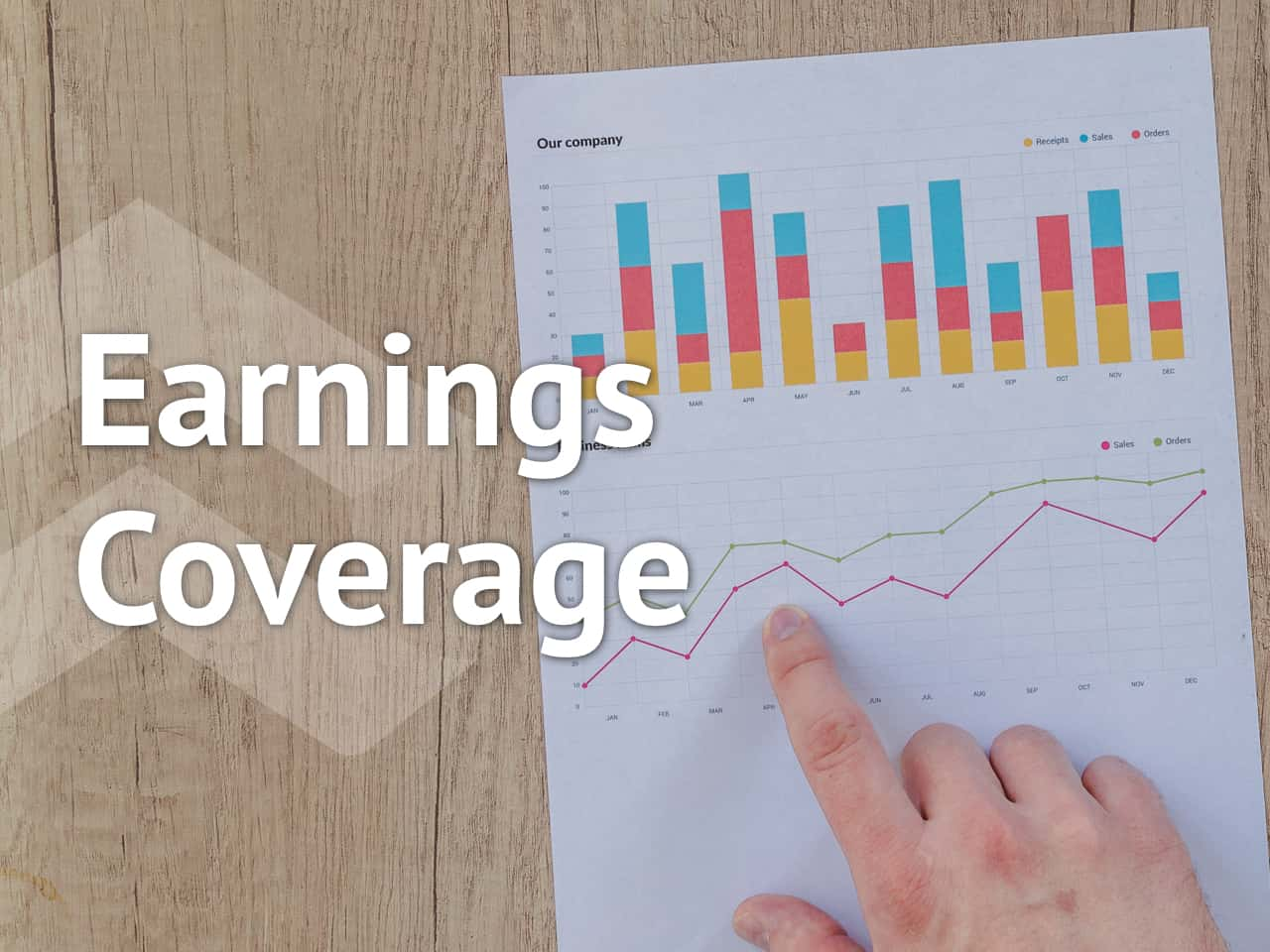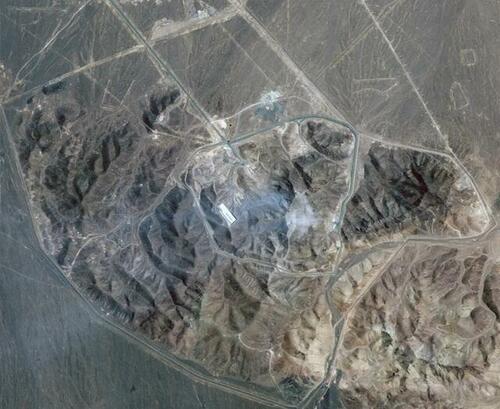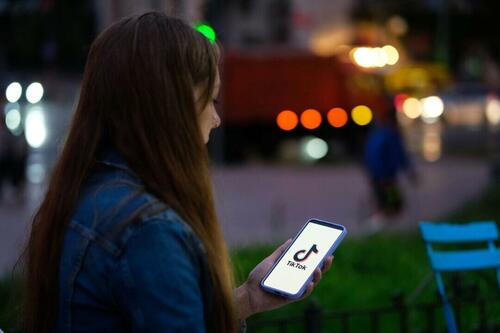The Loneliness Epidemic Isn’t About Phones, It’s About Algorithms
Authored by Kay Rubacek via The Epoch Times,
America’s loneliness epidemic has been headline news for years. We’ve seen study after study confirming what many feel in their bones: more people are isolated, disconnected, and struggling to find meaning in daily life.
Older Americans often chalk this up to technology or to the social scars of COVID. They aren’t entirely wrong, but the deeper story is much larger.
The culprit is not just phones, or screens, or even the internet.
The real driver of this new loneliness is algorithms—the invisible rules and processes that now govern how we live, connect, and even think.
This may sound abstract, but it isn’t. Algorithms are the silent presence shaping your news feed, recommending your next purchase, deciding which job application gets reviewed, and filtering which posts you see from family or friends. They don’t just show you the world; they decide which world you see.
And the most important thing to understand is that algorithms have not touched every generation equally.
Baby boomers and many Gen Xers remember life before algorithms. They grew up with solitude as a normal part of existence: long walks, time alone with books, evenings without distraction. Their social lives were local and embodied. If they were lonely, it was the ordinary kind of loneliness, the kind that might drive someone to call a friend, join a club, or just take a walk and kick around some stones along the way.
Millennials came of age as algorithms entered their lives through the rise of social media and smartphones. For them, the shift was gradual. They still remember analog childhoods, but their adult lives became increasingly tethered to devices. They learned to straddle both worlds, sometimes nostalgically recalling life before algorithms, but never recognizing algorithms as the new driving force in their lives.
Gen Z and Gen Alpha, however, have never known life without algorithmic curation. From childhood, their identities, friendships, and even their sense of self have been shaped inside systems designed to maximize engagement.
They are the most connected generation in history and yet, paradoxically, the loneliest. Studies confirm that they report higher levels of isolation and depression than their parents or grandparents did at the same age. For them, solitude is almost unimaginable. Their sleeping hours have diminished, and their waking hours have been saturated with algorithmic nudges, performance demands, and invisible comparisons.
This is why blaming “phones” or “tech” misses the point. A phone is just a tool. The deeper cause of today’s epidemic of loneliness is the system of algorithms that runs on those devices and quietly governs the lives lived through them.
What Algorithms Really Are
At their core, algorithms are simply instructions, step-by-step rules for solving a problem. A recipe is an algorithm. Your mental meal plan for the week and your decisions that lead to each choice of ingredient or food order are an algorithm. A GPS system calculating the fastest route from your home to your summer vacation rental is an algorithm.
But in today’s digital ecosystem, algorithms are far more than recipes or maps. They are adaptive, learning systems. They feed on vast pools of data—everything from your shopping habits to your search history, to the measured, minuscule pause you make when you scroll past a video. They compare that data with billions of other users and then predict what you’re most likely to click, watch, buy, or believe.
And because these systems are built by companies that profit from your attention, the algorithms are not neutral. They are designed to keep you hooked, whether by showing you an ad, an argument, or a carefully tuned video feed. The effect is subtle but relentless: instead of you using technology, technology uses you.
This is the deeper driver of the loneliness epidemic. It’s not the devices themselves, but the algorithmic logic that turns every human interaction into a transaction of engagement.
Algorithms, Big Data, and AI
To see the scale of this system, we have to understand how algorithms interact with big data and artificial intelligence. I like to think about it this way:
Big Data is the raw material. It’s the massive flow of information generated by billions of people every second, such as texts, clicks, GPS signals, online purchases, etc.
Data Science is the discipline of interpreting that flood of information, using statistical models to find patterns and predictions.
Artificial Intelligence (AI) is the set of systems that act on those patterns—generating responses, steering cars, translating languages, diagnosing illnesses.
And weaving through all of this are algorithms. They are the connective tissue that directs how data flows, how patterns are recognized, and how AI responds.
This system is bigger than any single app or gadget. It’s not just “social media” or “smartphones.” It’s a body. It’s a living digital body that touches every aspect of our lives.
The Digital Body Analogy
The scale and complexity of this system are hard to grasp. We can understand pieces, such as big data here, AI there, a billionaire’s investment somewhere else, but it’s nearly impossible to see the whole picture. Using a human body as an analogy provides a familiar framework that makes the invisible visible. Think of it this way:
Blood = Big Data. Every click, swipe, and GPS ping is a drop in the digital bloodstream. It circulates endlessly, feeding every organ.
Brain = Data Science. Like the cortex, data science interprets signals, prioritizing some and ignoring others.
Muscles and Nerves = AI. Artificial intelligence carries out actions, reacting to the world, learning through repetition.
Fascia = Algorithms. Just as fascia is the connective tissue that binds the body, algorithms link every system, invisible but essential.
Skeleton = Infrastructure. The bones are the servers, chips, and cloud systems that hold the structure upright.
Hormones = Billionaire Funding. Money acts like growth hormones, directing where and how the body grows.
Immune System = Regulation and Ethics. Governments and watchdogs try to keep the system healthy, but they are slow compared to the pace of growth.
This is not a metaphor for metaphor’s sake. Thinking of technology as a body helps us see the interdependence of data, algorithms, AI, funding, and infrastructure. They are not separate silos. They are systems working together, coordinated and integrated. They are a whole organism with enormous power.
Who Guides This Digital Body?
The digital body does not grow in a vacuum. It is shaped by human ambition, institutional power, and the money that fuels its expansion. Mathematicians and statisticians lay down the theories that become its hidden code, while researchers and engineers turn those theories into systems that now operate at a planetary scale. Corporations then carry these systems into daily life, embedding them in banking, medicine, entertainment, and government services until opting out is almost impossible.
At the top, a handful of billionaires act as both financiers and architects.
Elon Musk, Bill Gates, Jeff Bezos, Mark Zuckerberg, and Peter Thiel do not simply fund research, they steer its direction. Their money determines which projects thrive, which disappear, and which values are built into the foundations.
Whether it is Musk’s warnings of existential risk paired with his own competing ventures; Gates’s drive to integrate AI into healthcare and education; Zuckerberg’s insistence on open access to AI while keeping access reliant on his platforms; Bezos’s control of the cloud that almost every AI startup relies on, or Thiel’s focus on military and intelligence dominance, their priorities set the course for us all.
Governments claim to act as a counterweight, but their record shows otherwise. Regulations arrive years late, toothless or compromised, while public agencies themselves increasingly depend on the very systems they are meant to restrain. In action, many governments have chosen acceleration over accountability, trading away oversight for short-term advantage in the global race for dominance.
The result is stark. This body is not guided by democratic will or collective conscience. It is guided by the concentrated power of a few men, driven by their personal visions, and fed by the data of billions who never gave meaningful consent.
A Historical Parallel and a Break From History
We have faced moments of massive social transformation before. The Industrial Revolution restructured labor, uprooted communities, and filled cities with both opportunity and despair.
The nuclear age handed humanity weapons so destructive that entire doctrines of deterrence had to be invented to keep civilization intact. But today’s transformation is different in ways that strike at the core of what it means to be human.
We have never had an industrial revolution that drove youth loneliness to epidemic levels. According to the U.S. Surgeon General’s 2023 Advisory on the Epidemic of Loneliness and Isolation, young adults are now twice as likely as seniors to report feeling lonely.
We have never had a technological revolution coincide with the highest youth suicide rates ever recorded: the CDC reports that suicide among Americans ages 10–24 surged 62 percent from 2007 to 2021.
Unlike the past, where machines amplified our physical abilities, this revolution claims it will amplify our mental ones. And yet, while promising to expand our intelligence, it has narrowed our attention, eroded our solitude, and dismissed our most basic human needs.
No previous age of invention told us that our inner lives—our thoughts, our longings, our silences—could be reduced to data points, packaged, analyzed, and monetized.
And unlike in past upheavals, where governments scrambled to erect guardrails, this time many regulators have stepped aside. Meanwhile, the human costs mount, and the immune system of conscience that once tried to protect society is barely functioning.
This is not simply another revolution. It is an entirely new phenomenon. For the first time, we are living inside a system we cannot see in full, operated by stakeholders we do not know, shaped by algorithms that coldly strip away our individuality. We are not merely workers adjusting to new machines; we are human beings being recast as data points, dehumanized inside a body that grows without us.
Seeing the Whole Body
That is why we must force ourselves to see the body whole. Not just apps or devices. Not just billionaires or companies. But the full organism: blood, brain, fascia, skeleton, muscles, hormones, and the silent forces driving it.
Only then can we understand why loneliness has become epidemic, why young people (our future) are struggling under pressures older generations never knew, and why humanity itself feels unsettled. We cannot continue to dismiss these harms as side effects of “new technology.” They are the natural outcome of a system that feeds on our data, reduces us to abstractions, and values engagement over flourishing.
If we do not recognize this body for what it is, we will continue to live as isolated organs serving it rather than as people with dignity, free will, and conscience.
The digital body is here. It is powerful, fast-growing, and largely invisible. The question is whether we will remain passive tissue inside it, or whether we will reassert our humanity and demand a body that serves us, not the other way around.
Views expressed in this article are opinions of the author and do not necessarily reflect the views of The Epoch Times or ZeroHedge.
Tyler Durden
Wed, 08/27/2025 – 20:55


